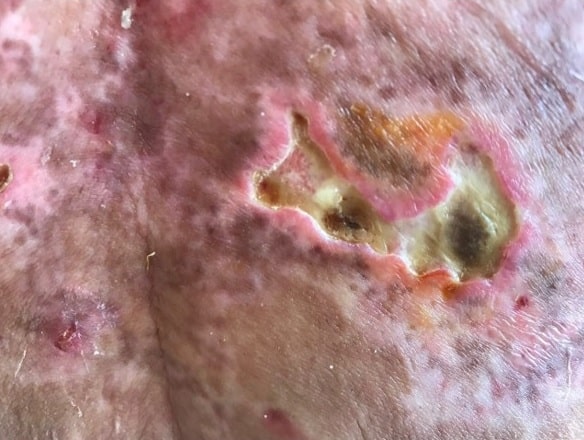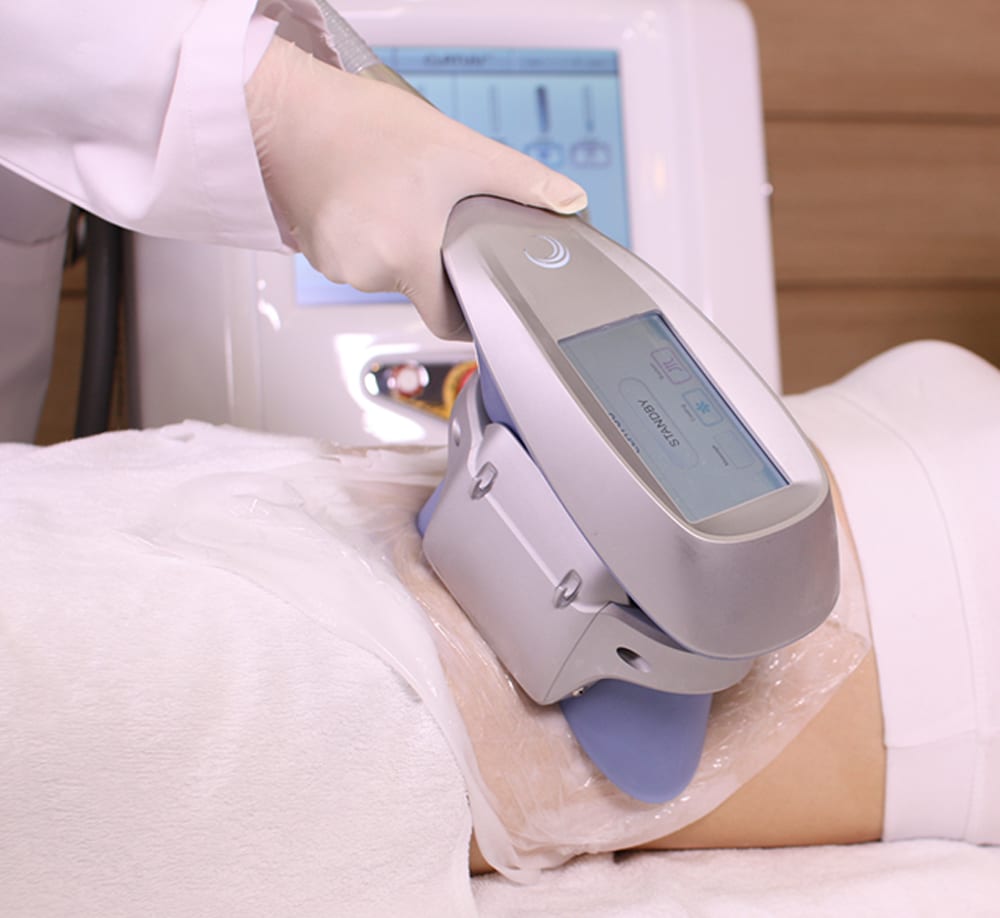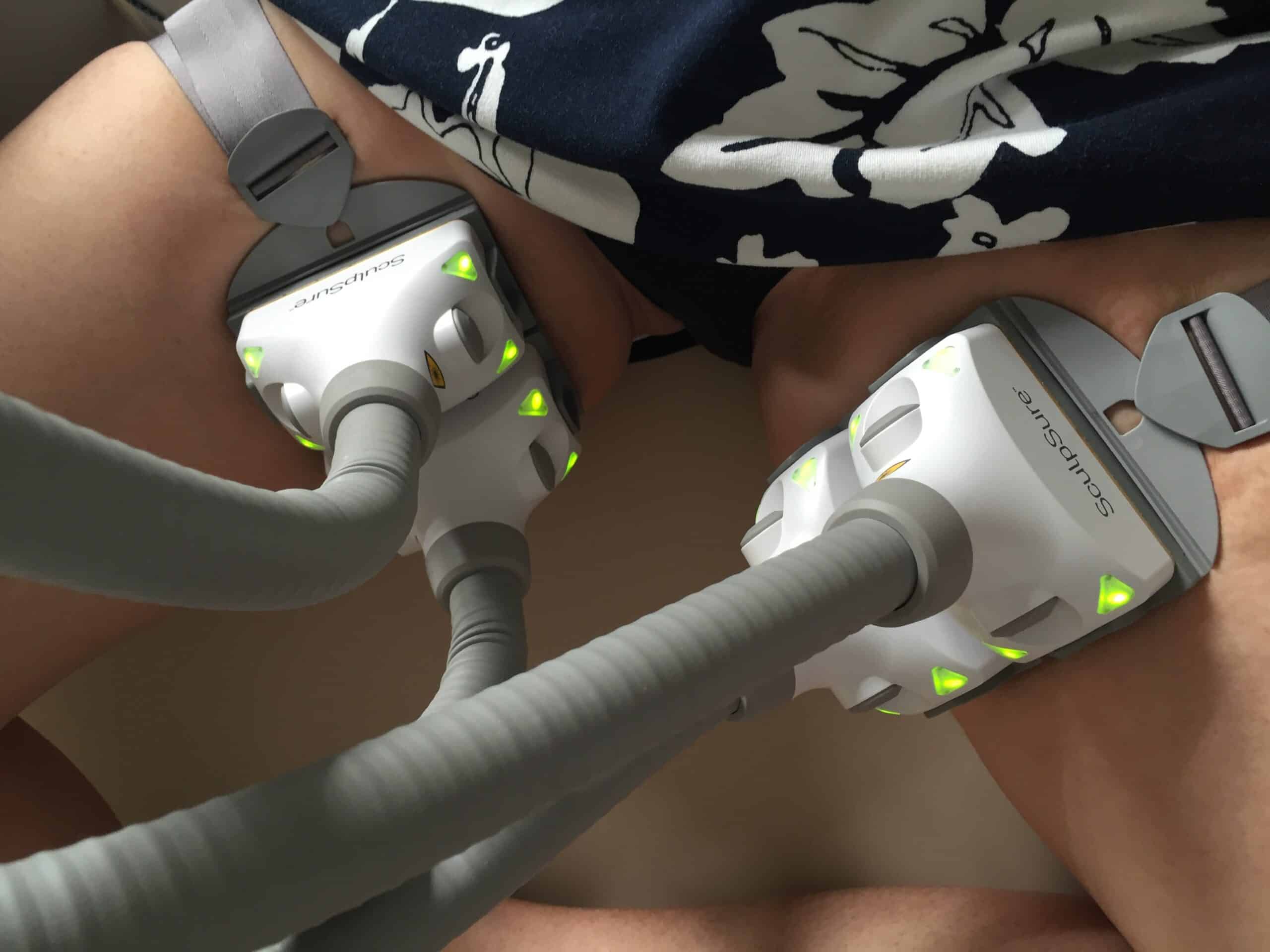The patient demand to improve body image is high and for years liposuction has been an established liposuction has been an established method. In one surgical session the fatty tissue is "sucked out". The surgical procedure and the equipment have been refined, but the procedure is not without risks.
Approximately one third of adipose tissue consists of adipocytes, which store energy (lipogenesis) when there is an excessive energy supply or release it (lipolysis) when there is no energy supply. Other components of adipose tissue are small vessels, nerve tissue, macrophages, fibroblasts and preadipocytes, the precursors of the Fat cells. There are two types of fat tissue: subcutaneous fat tissue and deep abdominal fat. Dieting or training helps to reduce deep fat more quickly. Unfortunately, however, it is the subcutaneous fat that is perceived as particularly aesthetically unpleasant.
A seemingly very simple procedure for the removal of fatty tissue is liposuction, which is usually performed under so-called tumescent anesthesia. Here, large amounts of diluted local anesthetic are injected locally under the skin. The great art of the treatment is to achieve an even result. Apart from the general surgical risks, there is a possibility of irregular results, which can often be delayed due to damage to lymphatic vessels. Visible and therefore "tell-tale" scars may remain at the puncture sites of the suction cannulas. In the worst case, necrosis can even result from liposuction.

Irregular results and scars often lead patients to our practice, which does not offer classic liposuction. While the scars are classically treated with fractional laser treatment we offer non-invasive "reworking" for irregular results.
Basically there are two competing procedures for the non-invasive removal of fatty tissue. They are based on the fact that fat cells are sensitive to cold and heat. are sensitive to heat.
During cryolipolysis (in our practice: Clatuu alpha), the treatment area is sucked into the appropriate applicator and then cooled down. Almost the entire cell body of the fat cells is filled by large fat droplets. Cooling to below 4 degrees causes crystallization of the fat droplets with consecutive damage to the cell membranes and thus cell death of the fat cells. The treatment is usually painless. The short-term "rewarming pain" can be unpleasant.

The opposite is non-invasive hyperthermic laser lipolysis (in our practice: Sculpsure). Laser lipolysis not only reduces fatty tissue, but also achieves collagen neogenesis with remodeling of treatment areas. The temperatures used are 48-50 degrees Celsius.




